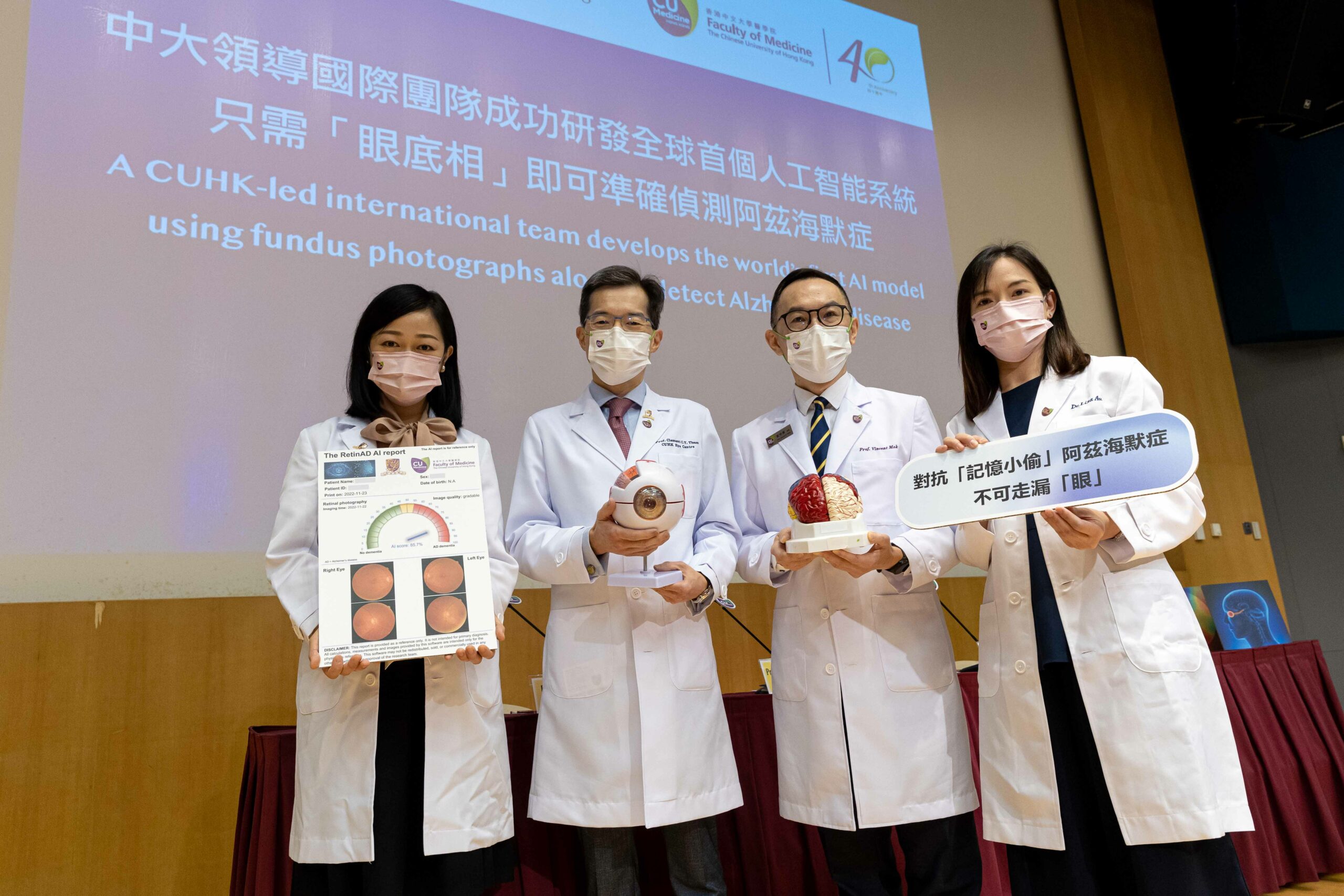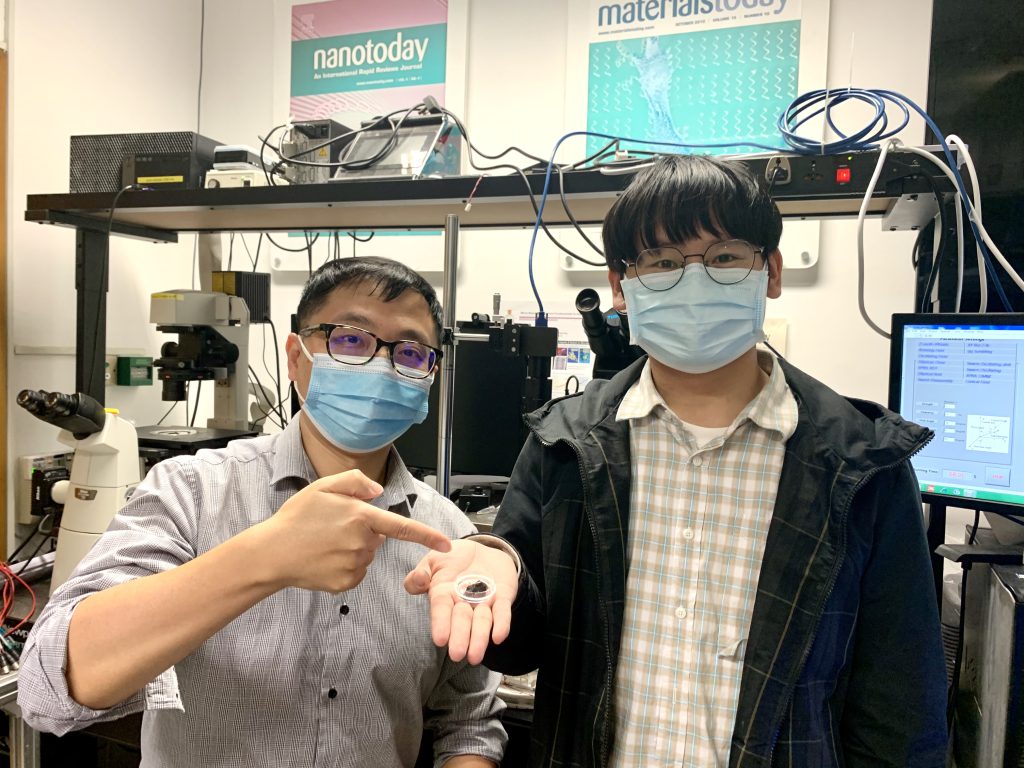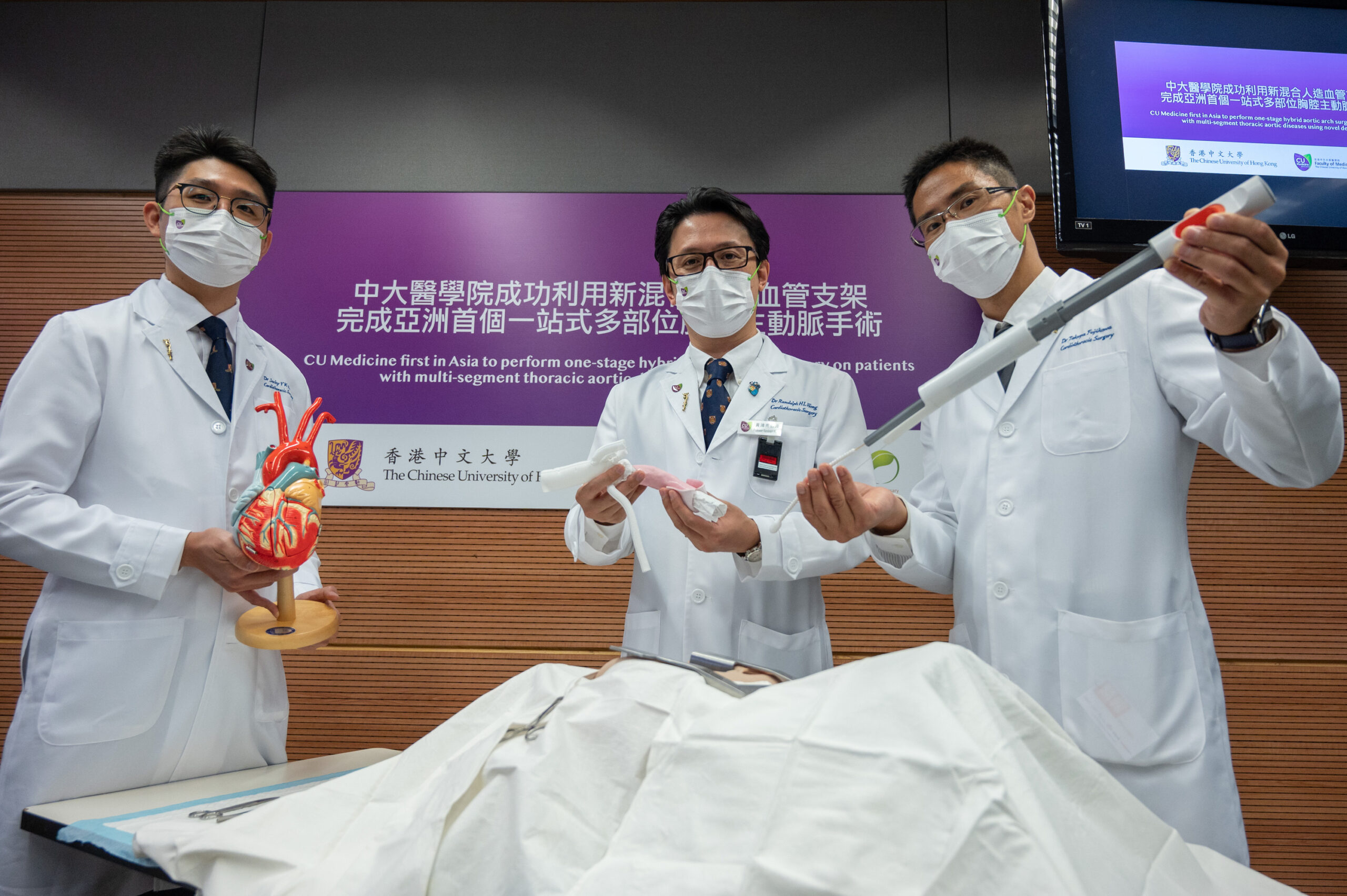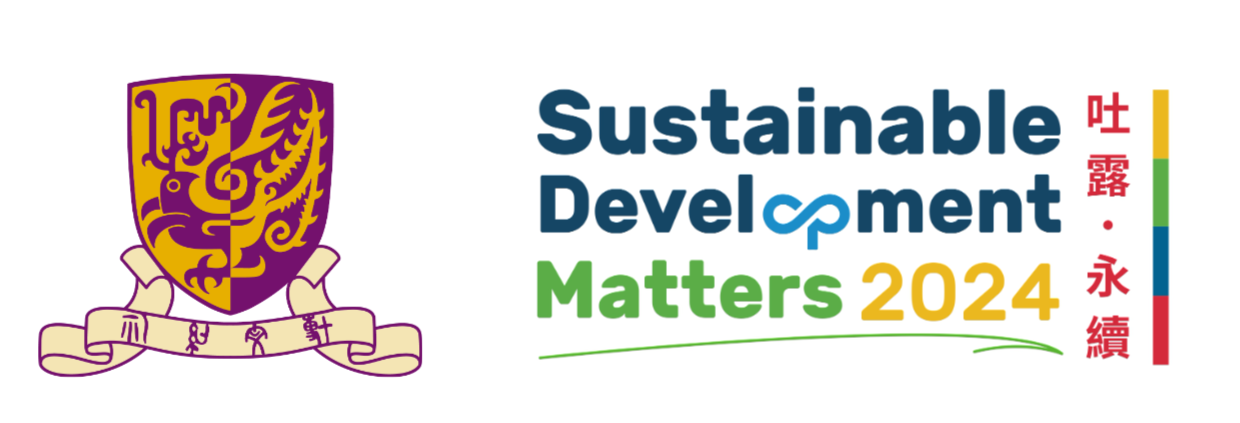SDG 9| Industry, Innovation and Infrastructure
Build resilient infrastructure, promote sustainable industrialization and foster innovation
CUHK is committed to fostering innovation and securing a better and more sustainable future through research and development. By providing cutting-edge research facilities and a supportive environment for researchers and students, CUHK encourages innovation and enables the translation of research into tangible benefits and the delivery of innovative ideas.
Curriculum
Policies
To nurture innovation, entrepreneurship, and knowledge transfer, CUHK has introduced the Policy on Research, which addresses professional ethics and research misconduct. Additionally, the University has established a Policy on Intellectual Property, focusing on the protection of intellectual property rights. Through its research activities, CUHK not only make a significant impact on the academic and scientific community, but also benefits the wider public in various ways.
Research
Alzheimer’s disease is the most common type of dementia. Yet it currently takes 2 years for public hospital patients to obtain a diagnosis in Hong Kong. Dr Lisa Au’s research team from the Department of Medicine and Therapeutics has developed the world’s first artificial intelligence (AI) model that can detect Alzheimer’s disease through fundus photographs. As the retina is an extension of the central nervous system, the eye acts as a window that can show degenerative changes in the blood vessels and nerves of the brain. The AI model incorporated with fundus photography or retina images helps detect Alzheimer’s cases with more than 80% accuracy after validation. It has the potential to significantly expedite the diagnostic process and improve early intervention and treatment strategies.

Children can often swallow small objects by accident, and this may be dangerous in the case of toxic or sharp objects. Professor Li Zhang and his team from the Department of Mechanical and Automation Engineering created the Slime Robot, or ‘Slimebot’, to extract such objects. Slimebot has the texture of a slimy toy and stretches like an octopus. It can encircle and retrieve objects that could bring serious damage to the intestines, and then squeeze its way through the narrowest passages in a model of the human digestive system. This novel creation will be set to do a variety of useful work in future medical operations.

Incorporating new technology into surgery
Thoracic aortic aneurysm is prevalent among hypertension patients and is one of the leading causes of death in Hong Kong. Dr Jacky Ho’s team from the Faculty of Medicine performed one-stage hybrid aortic arch surgery on patients with multi-segment aortic diseases using a novel E-vita® OPEN NEO device for the first time in Asia. The new device has been designed to prevent the shortening of stents after surgery. Patients reported satisfactory outcomes, and results have been published on the Cardiothoracic Surgery Network and in the Journal of Cardiac Surgery.

PREVIOUS
Decent Work and Economic Growth
SDG 8
NEXT
Reduced Inequalities
SDG 10
